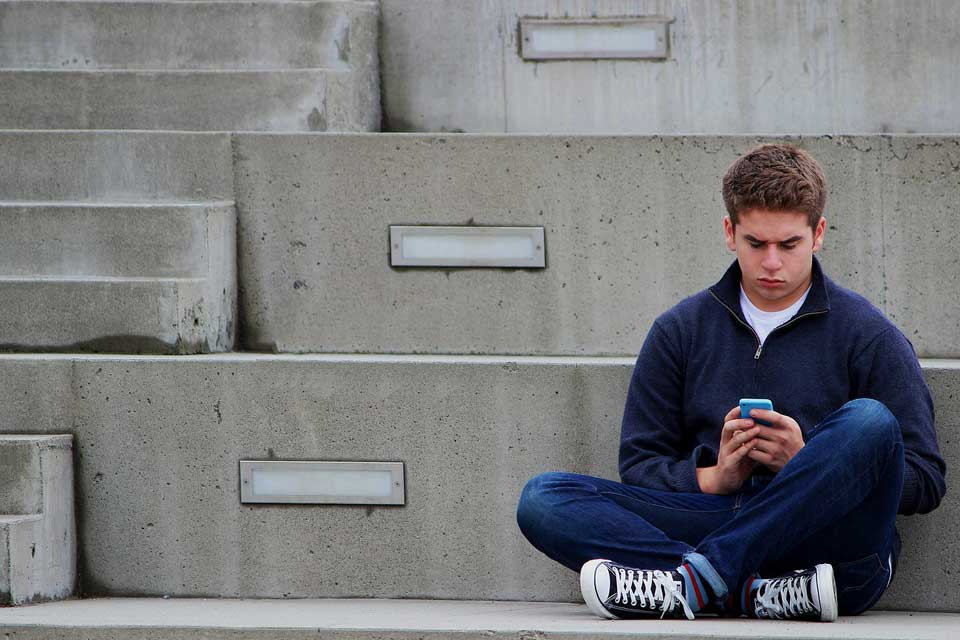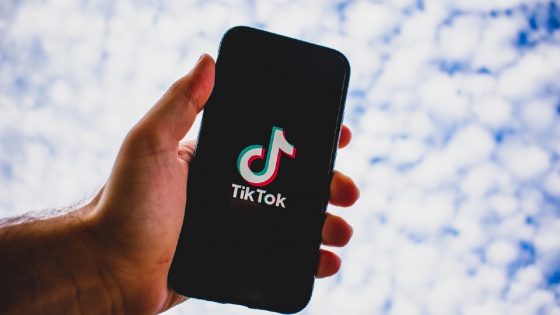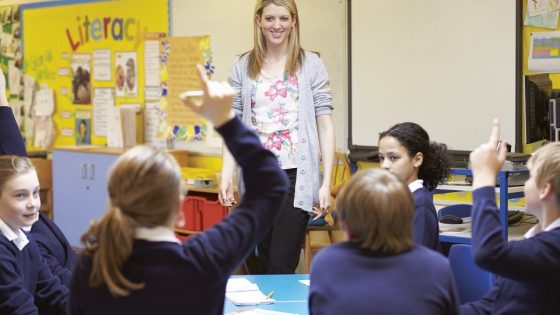By Mark Bentley, Online Safety and Safeguarding Manager, London Grid for Learning
Take a long hard look at yourself in the mirror, and what do you see? It will probably include an image of your body, but that won’t be the same as your body image, which is shaped by much more than rays of light.
Are we doing enough to protect the children in our care from the mental health issues and eating disorders that stem from low body image?
NOPE!
The underlying issues are nothing new: humans yearn for approval, and few people are averse to being found physically attractive. When we are exposed to a surfeit of restrictive messages about the ‘correct’ body type or to images of photoshopped celebrities with impossible waistlines, it is inevitable that we sometimes wonder if we are as we should be. If you have a quiet moment, Google “celebrity photoshop fails”.
But add into the mix a child or young person who is forming their identity and undergoing friendship issues, puberty and intense self-evaluation, and you are bound to face trouble. Advances in technology mean that edited photos aren’t just for the experts any more. New apps allow you to make drastic changes to images at a swipe, raising all kinds of issues around ‘ideal’ (see Selfie Surgery / Racist Face Changing App).
FILTER THAT!
If you stop to ask how many of the effortless [sic] selfies posted on Instagram were taken on the spur of the moment without half an hour of makeup, ten minutes of staging and hundreds of snaps and a careful choice of filter, you might re-evaluate your pangs of jealousy at the flawless hair, perfect pout and carefree demeanour. But that is easier said than done for young people, so we need to make sure we are talking to them about it. And while we’re at it, how about suggesting – gulp! – less time spent vicariously scrolling through other people’s perfect pics?
YOU’RE TOO OLD TO UNDERSTAND!
There is lots of great advice out there, and we have collated tips and resources for you at bodyimage.lgfl.net. For example, Common Sense Media gives the following top tips for supporting young people (my comments added):
– Watch what you say – children learn a lot about body image from teachers and families, so a throwaway comment often sticks.
– Look for alternative media – there are different role models and media that are more responsible, so help children and young people to find them.
– Expose the myths and do a reality check – we talked earlier about photoshopped celebrity images and the apps that can do the same. Find some age-appropriate images and talk about them. And look at the real bodies around you: are they like the ones in the films.
– Keep active – healthy bodies are happy bodies, and sport is great for mental health too!
– Keep an eye on social networks – be aware of what your young people are doing online and what their friends and people they follow are up to.
WHY DON’T YOU?
There is real damage being done to the mental health of our young people by the body image problems perpetuated in the mainstream and social media, and in ‘pro-ana’ and ‘thin-spo’ communities.
So visit bodyimage.lgfl.net to see resources we have collated to support and reinforce positive messages in the classroom and at home
There are tips for boys, tips for girls, PSHE lessons, an interesting study on the power of the image, and excellent resources for older students from the Home Office campaign Disrespect NoBody. There are plenty of valuable lessons for us all.






Leave a Reply